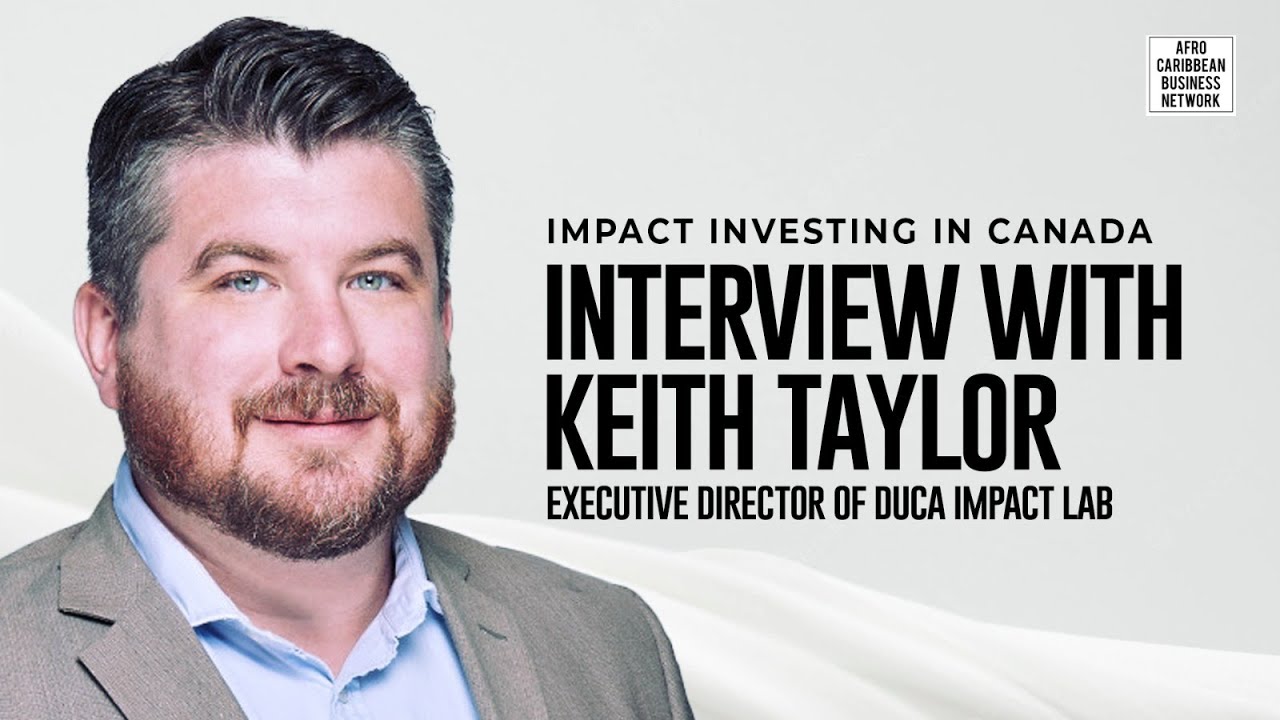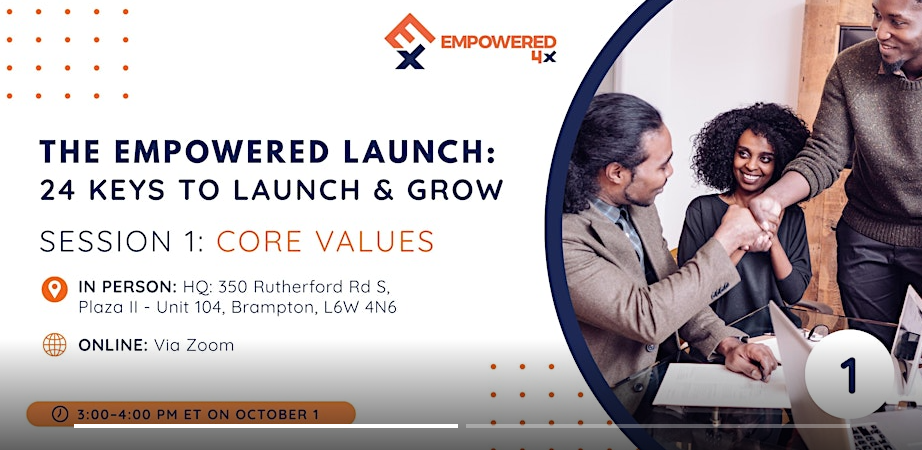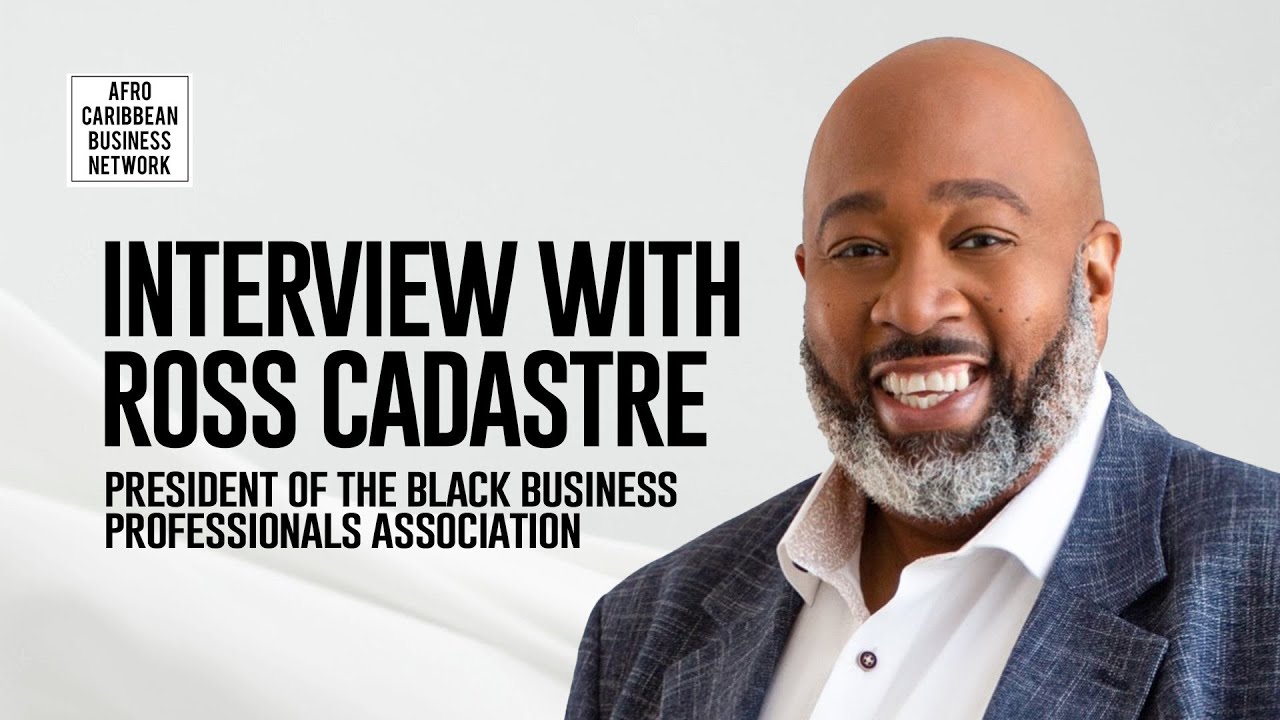At ACBN, we live by the proverb “I am because we are.” It is through collective knowledge and shared insight that we uncover opportunities to thrive. Recently, we sat down with Dwayne Matthews—global education consultant, UN-recognized leader, and one of the foremost voices on the future of work—to unpack how AI for small business growth can transform our community’s economic future.
Dwayne’s message is clear: Artificial Intelligence isn’t just about disruption—it’s about empowerment. By shifting from fear to strategy, Black entrepreneurs can harness AI to scale their businesses, create new opportunities, and build generational prosperity.
Demystifying AI: A Tool, Not a Threat
Matthews emphasizes that AI is not conscious—it’s a probability engine, predicting strings of words based on vast datasets. The risk is real, but the opportunity is greater.
Insight for Business Owners: View AI as a practical tool, not an existential threat. Its power lies in automating tasks, amplifying creativity, and opening doors to growth once blocked by gatekeepers.
The Genie’s Lamp: How AI Unlocks Small Business Potential
For entrepreneurs, AI is like having a genie’s lamp: it can make things possible that once felt out of reach.
Practical opportunities include:
Affordable Scaling: Access services once limited to corporations—like advanced research, data analysis, or customer service—without hiring full teams.
Rapid Web Development: AI can now create professional websites with e-commerce and SEO in hours, not months, and at a fraction of the cost.
Training & Documentation: By uploading business processes into AI, you create a virtual trainer, making it easier to scale staff and systems efficiently.
Key Takeaway: Don’t “boil the ocean.” Use AI to target specific advantages that give you an edge over bigger competitors.
Securing Economic Power Through AI
AI is not only changing how we work—it’s changing how we earn and invest.
Jobs of the Future: Companies are actively hiring people with AI and ChatGPT expertise. Prompt engineering alone is commanding six-figure salaries.
Remote Opportunities: AI-driven roles create pathways for people in emerging economies to earn North American wages.
Investment Opportunities: Companies like Nvidia, which power AI’s infrastructure, represent a major part of the “picks and shovels” of this new gold rush.
Lesson for Entrepreneurs: AI is a pathway to economic power. It creates opportunities for new jobs, new businesses, and smart investments.
Strategic Thinking Over Panic
Transformation always brings disruption. Matthews urges entrepreneurs to focus on strategy, not fear:
Contextualize Risk: Bias and misinformation aren’t new—they’ve always existed. Develop clear strategies to navigate them.
Keep Your North Star: Always ask, “What is the job I’m trying to get done?” Let this guide your AI use.
Lead with Ethics: Build human-led, purpose-driven businesses, with AI as a supporting tool, not the driver.
Final Word: Offense, Not Defense
Historically, our communities have created billion-dollar cultural movements—Carnival, ride-sharing models, music, and more. AI is the amplifier that allows us to scale these innovations globally.
Now is the time to play offense, not defense. By embracing AI for small business growth, entrepreneurs in the ACBN network can build prosperity, secure economic independence, and shape the future.
🎥 Watch the full interview with Dwayne Matthews here: YouTube Interview
Learn about our ACBN Membership so we can work with you to build your business: Join ACBN









